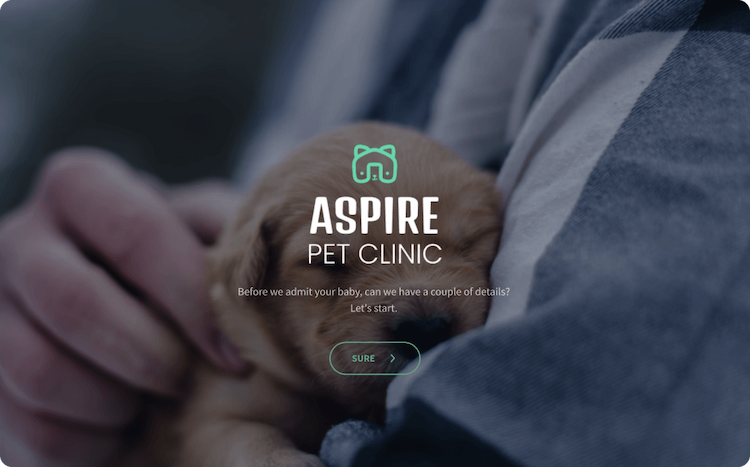Classroom Observation Form Template
Features of Classroom Observation Form Template
Add picture based questions to your classroom observation form to make it more interactive and engaging.
Prevent confusions later by collecting signatures. Add signature question type in your form and let your observer sign the document immediately.
Use the real-time reporting of this template that lets you save the responses soon after the submit button is hit thus avoiding any delay or error.
Get deeper insights into classroom observations with this template
Uses of Classroom Observation Form Template
Teacher Performance Assessments
School administrators or senior educators often need to evaluate the teaching methods and effectiveness of their faculty. The Classroom Observation Form Template assists in this endeavor. It offers a structured approach to observe lesson delivery, classroom management techniques, and student-teacher interactions. Feedback derived from these observations can be instrumental in organizing professional development sessions, guiding newer educators, or even refining school curricula.
Pedagogical Research
For educational researchers studying teaching methodologies or classroom dynamics, observation is a foundational method. This template provides them with a consistent structure, ensuring each observation is thorough and comparable. Whether it’s understanding the impact of technology in classrooms, studying group dynamics, or gauging the effectiveness of new teaching strategies, this template ensures every aspect of the classroom is under scrutiny.
Student Engagement Evaluations
A pivotal indicator of effective teaching is the level of student engagement. With the Observation Form Template, observers can focus on student behaviors, participation levels, and responses. Are students active and attentive? Are they collaborating and asking questions? Answers to these can guide teachers to modify lessons, ensuring they resonate with and engage their students fully.
Classroom Environment Analysis
Beyond teaching methods and student behaviors, the physical and emotional environment of a classroom plays a crucial role in learning. This template assists in evaluating factors like seating arrangements, technology utilization, and even the emotional safety and inclusivity of the classroom. Such evaluations can lead to modifications that create conducive learning spaces where every student feels valued.
Benefits of using the Classroom Observation Form Template
Rating Type Questions
Objective Evaluation: Rating type questions provide a standardized and objective way to evaluate different aspects of classroom activities, teaching methods, and student engagement.
Quantifiable Data: The use of ratings allows for the collection of quantifiable data, making it easier to analyze and compare observations over time.
Advanced Analytics Tools and Dashboards
Data Visualization: Advanced analytics tools and dashboards enable the visualization of complex data, making it easier for educators and administrators to identify trends, strengths, and areas for improvement.
Informed Decision-Making: Access to detailed analytics can inform decision-making processes, helping educational professionals implement targeted interventions and improvements.
Integrations (Google Sheets, Teams)
Seamless Collaboration: Integration with platforms like Google Sheets and Teams facilitates seamless collaboration among educators, administrators, and other stakeholders by allowing them to access and share observation data in real-time.
Data Centralization: Integrations help centralize data, reducing the need to switch between different tools and ensuring that all relevant information is easily accessible.
Recurring Form
Consistent Monitoring: A recurring form ensures that observations are conducted at regular intervals, providing a consistent and ongoing monitoring system.
Longitudinal Analysis: The ability to gather data over time allows for longitudinal analysis, offering insights into trends and changes in teaching practices and classroom dynamics.
Skip/Display Logic
Tailored Feedback: Conditional logic allows for personalized and targeted feedback based on specific responses. This ensures that educators receive feedback that is relevant to their unique teaching context and performance.
Efficiency: Conditional logic streamlines the observation process by dynamically adapting the form based on previous responses, making the form more efficient and user-friendly.
Other Useful Survey Templates:
See All

Business Continuity Plan Template

Veterinarian Patient Intake Survey Template

Spa Client Intake Form Template



